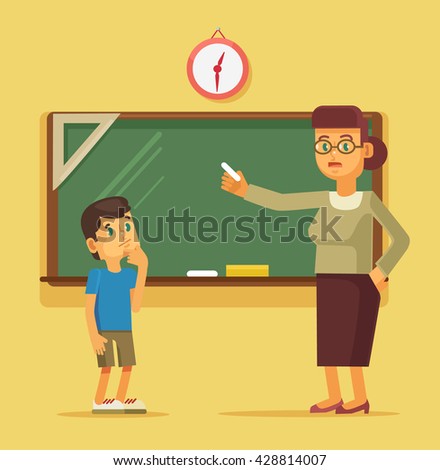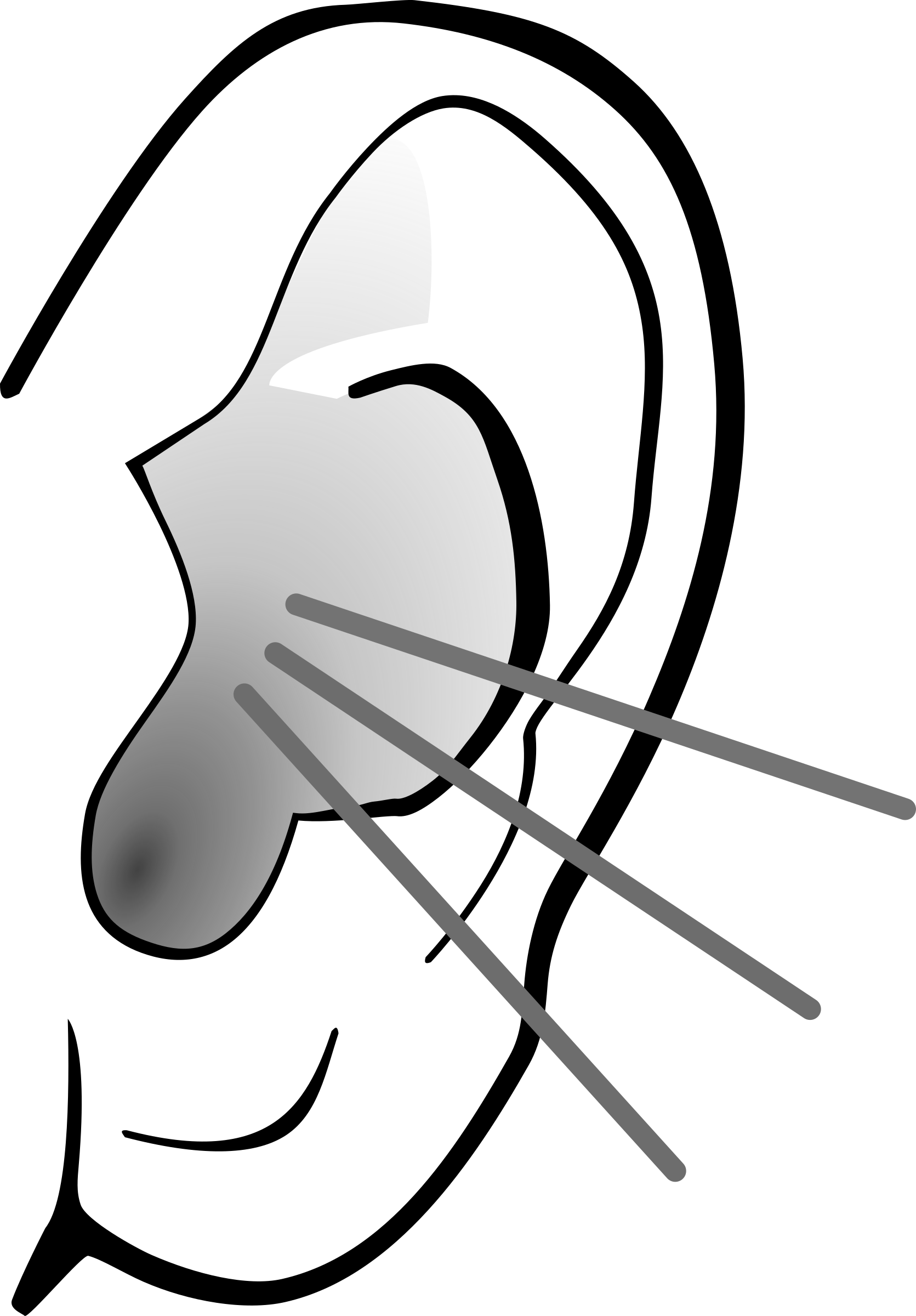THE EVALUATION PURPOSE AND PROCESS

The evaluation purpose and process has an important role in teaching. In most of the cases, students learn if they are going to be tested or evaluated. The aim of the evaluation is to verify if the outcome was achieved.The evaluating process requires some considerations like organization, creativity, and capacity. Those requirement helps a teacher to achieve the outcomes of the study or unit lessons. Furthermore, there are some ways of evaluating such as formative, summative, monitoring activities. Biggs (1999) mentions that what and the way students learn depends to a serious extent on however they assume they'll be assessed. Evaluation not is just used to generate a grade. The most relevant of this process is to promote learning because the students are able to know their improvements through this tool (Weimer, 2002). Finally, one of the important things in this topic was the essential part of the evaluating process. The teacher needs to use it in order to know the students’ progress and achieve the aims or goals proposed by the teacher. In this case, I will evaluate my students after a new topic teaching and if they have difficulties to carry out on this I will reinforce with different activities
(This video help us to recognize some steps of the evaluation that we as future teachers need to know)
References:
ü Biggs, J. (1999). What the student does: Teaching for enhanced learning. Higher education research & development, 18(1), 57-75.
ü Weimer, M. (2002). Learner-centered teaching: Five key changes to practice. John Wiley & Sons.
ü CHOP Program Planning & Evaluation (2016). YouTube. Retrieved 18 April 2018, from https://www.youtube.com/watch?v=XNR3KZzDoGQ




